Ireland is a country located off the coast of South Wales and England. Irish plants Interestingly, Ireland comprises two regions: the Republic of Ireland and Northern Ireland. While Northern Ireland is part of the United Kingdom, the Republic of Ireland is not.
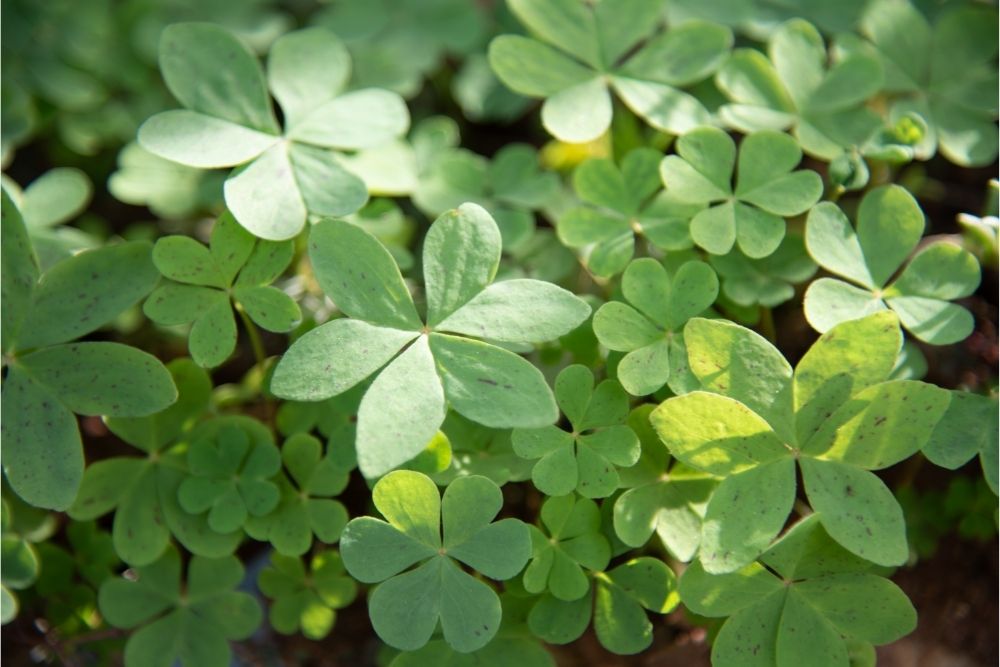
Something that both Northern Ireland and the Republic of Ireland have in common is their astonishing natural beauty.
There are dozens of native Irish plants to familiarize yourself with, and today, we’re going to introduce you to our top 28!
1. Irish Eyebright (Euphrasia Salisburgensis)
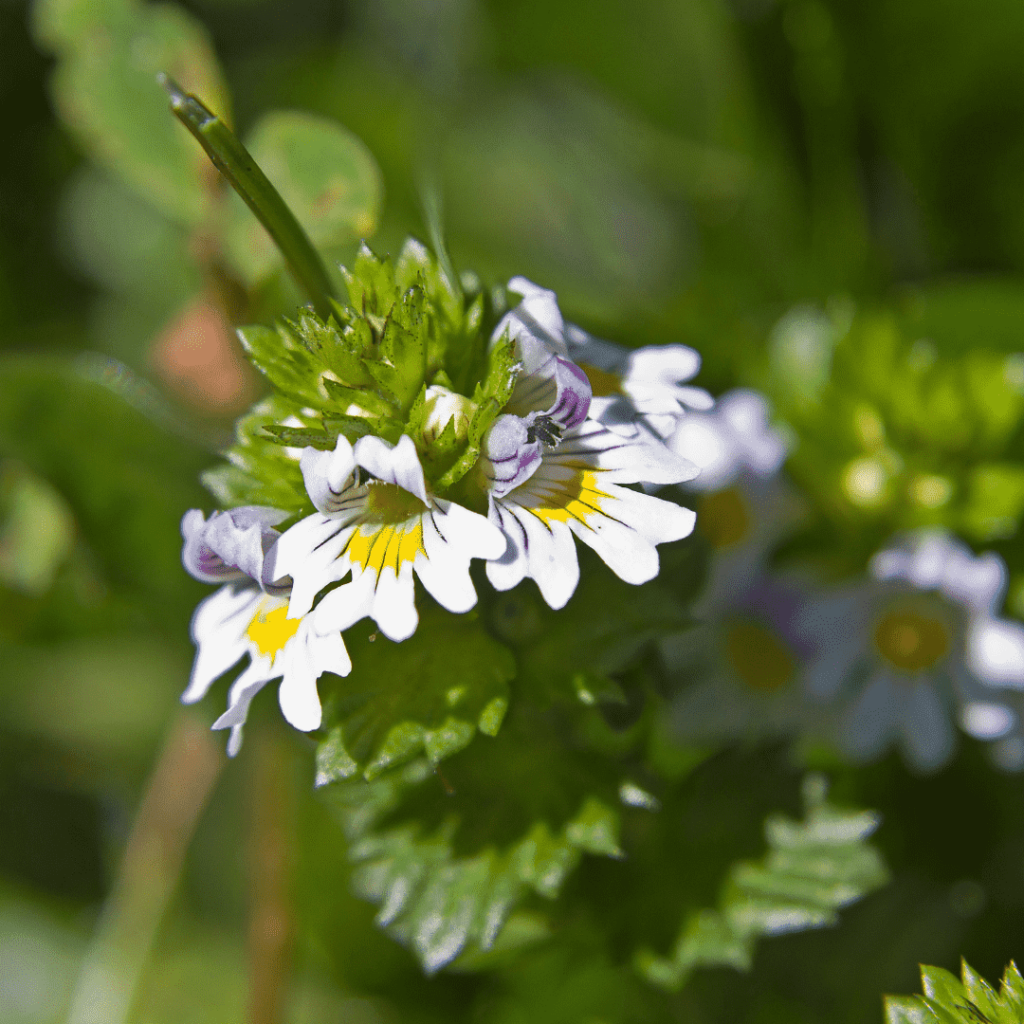
Irish Eyebright is a flowering plant that mostly grows in Northern Ireland, specifically around the limestones at western Fermanagh. The flowers, which have an upper and lower lip, purple stripes, and a yellow throat spot, bloom during the summer.
2. Early Dog Violet (Viola Reichenbachiana)
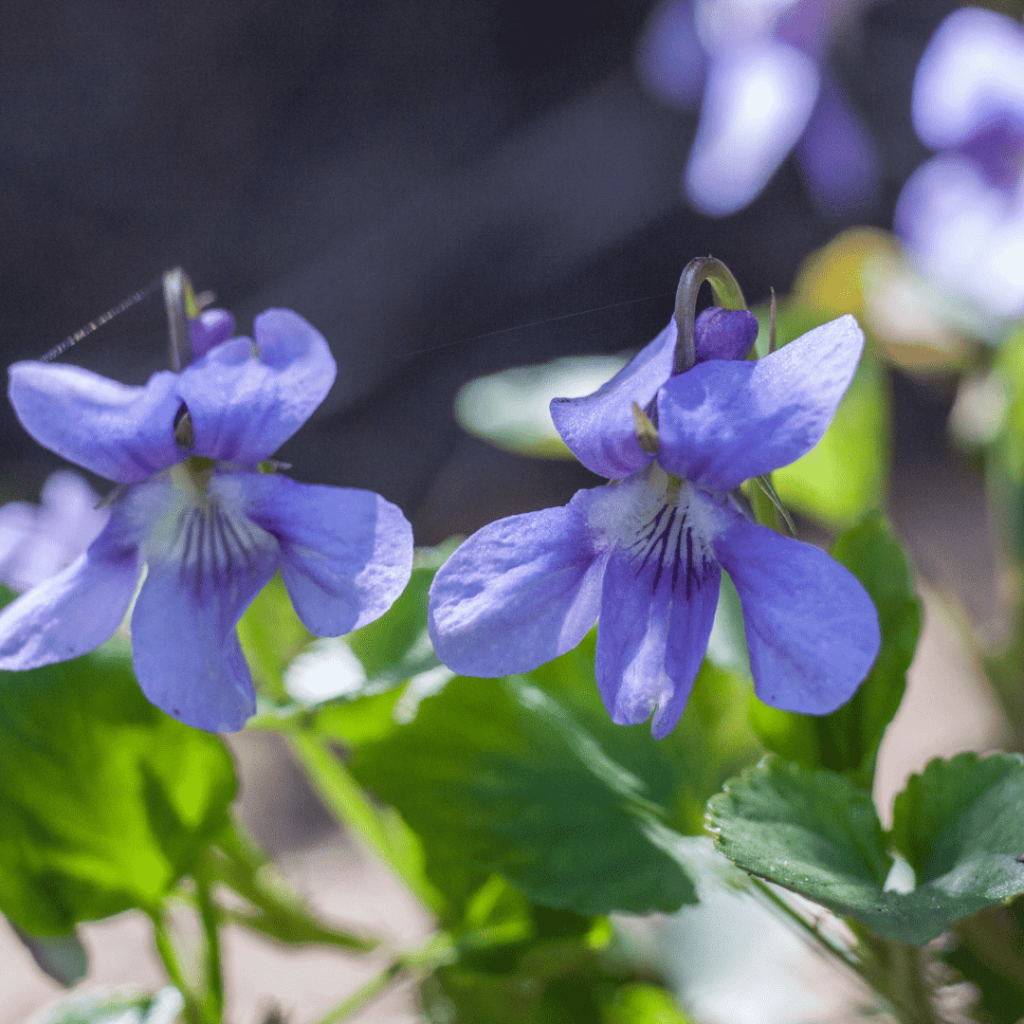
Another abundant native Irish flower is the Early Dog Violet. You might have heard of the Common Dog Violet, and the Early Dog Violet is a similar plant, except that it has a spur behind the petals which is a darker shade of purple.
3. Coltsfoot (Tussilago Farfara)
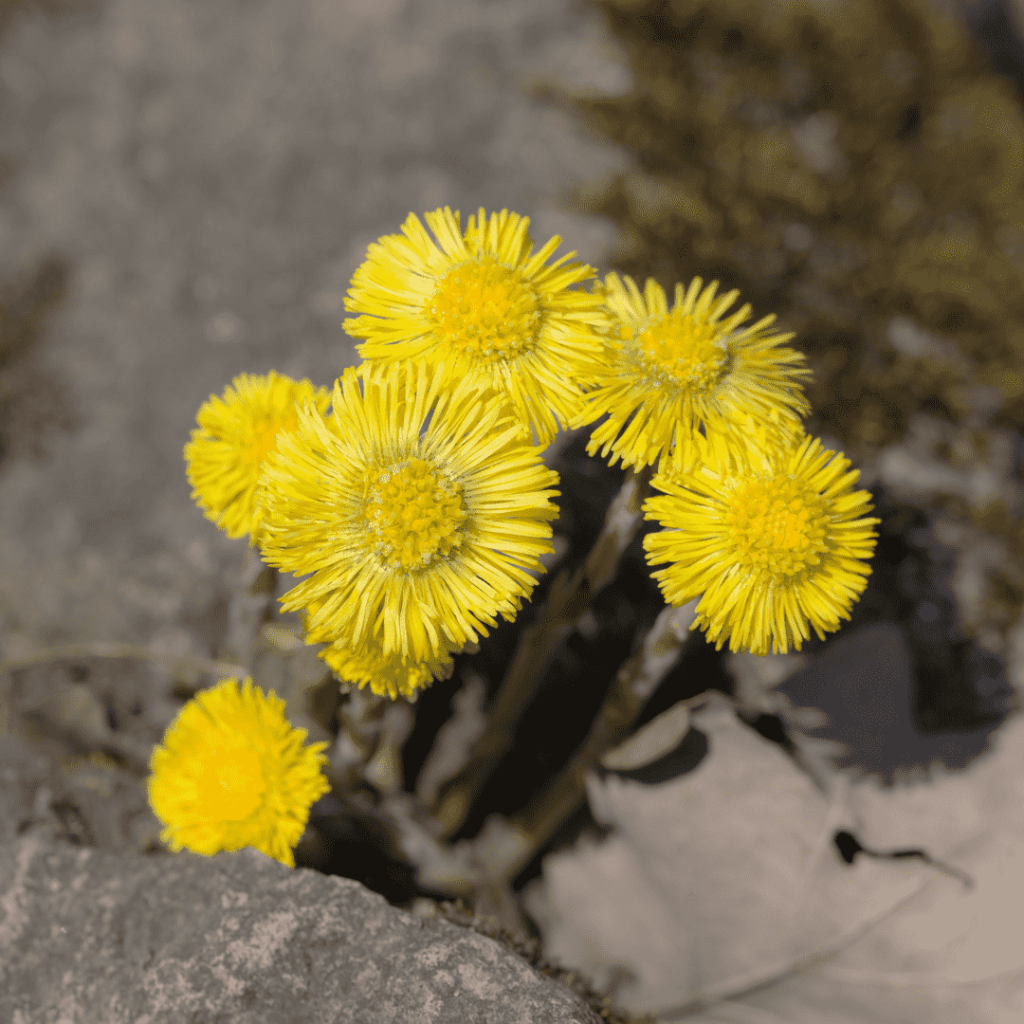
Coltsfoot is a bright yellow flowering plant that closely resembles the common Dandelion. Like the Dandelion, Coltsfoot is a weed. It’s part of the Daisy family and has traditionally been used as a remedial herbal tea for ailments such as sore throats.
4. Blackthorn (Prunus Spinosa)
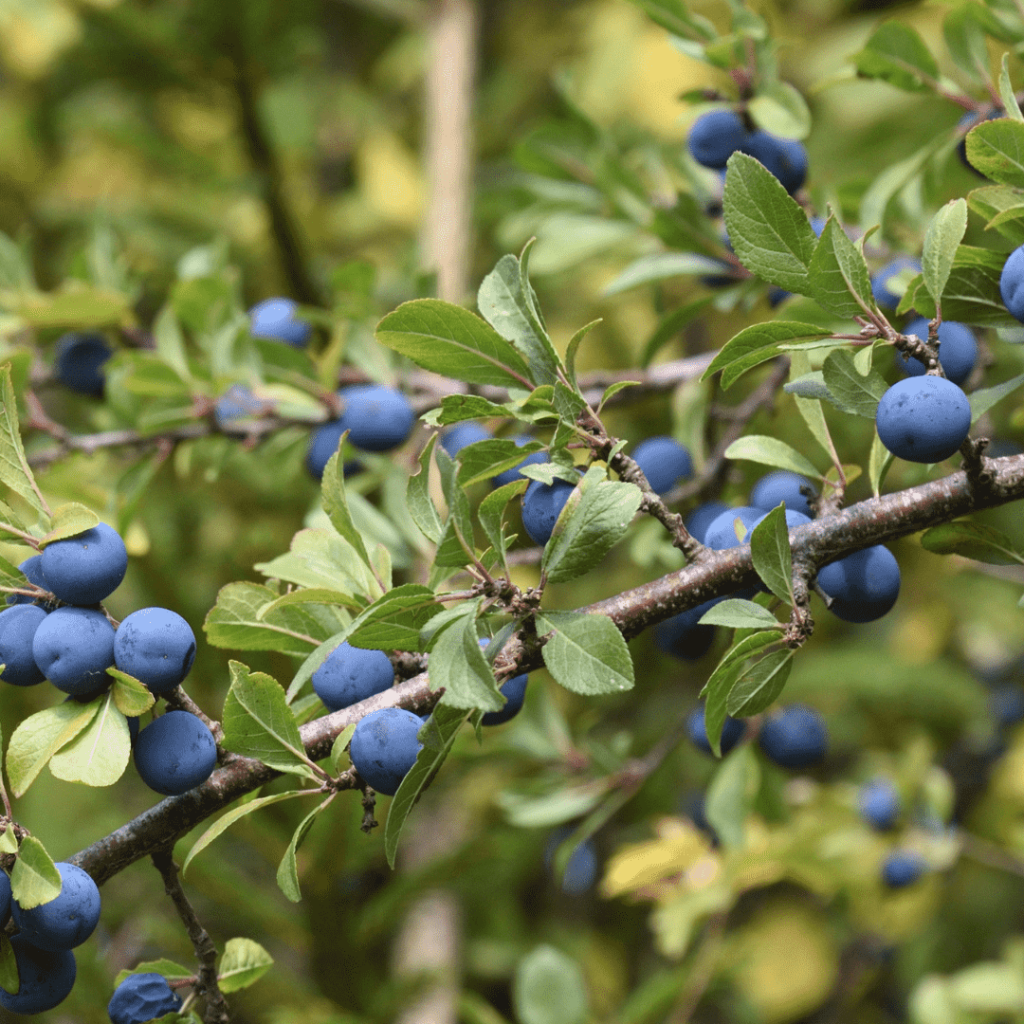
The Blackthorn is one of Ireland’s most common native plants. This plant produces dark blue berries that taste quite bitter but can be cooked to make jam or even sloe gin! Interestingly, some people believe that it is bad luck to bring Blackthorn indoors.
5. Buttercup (Ranunculus Acris)
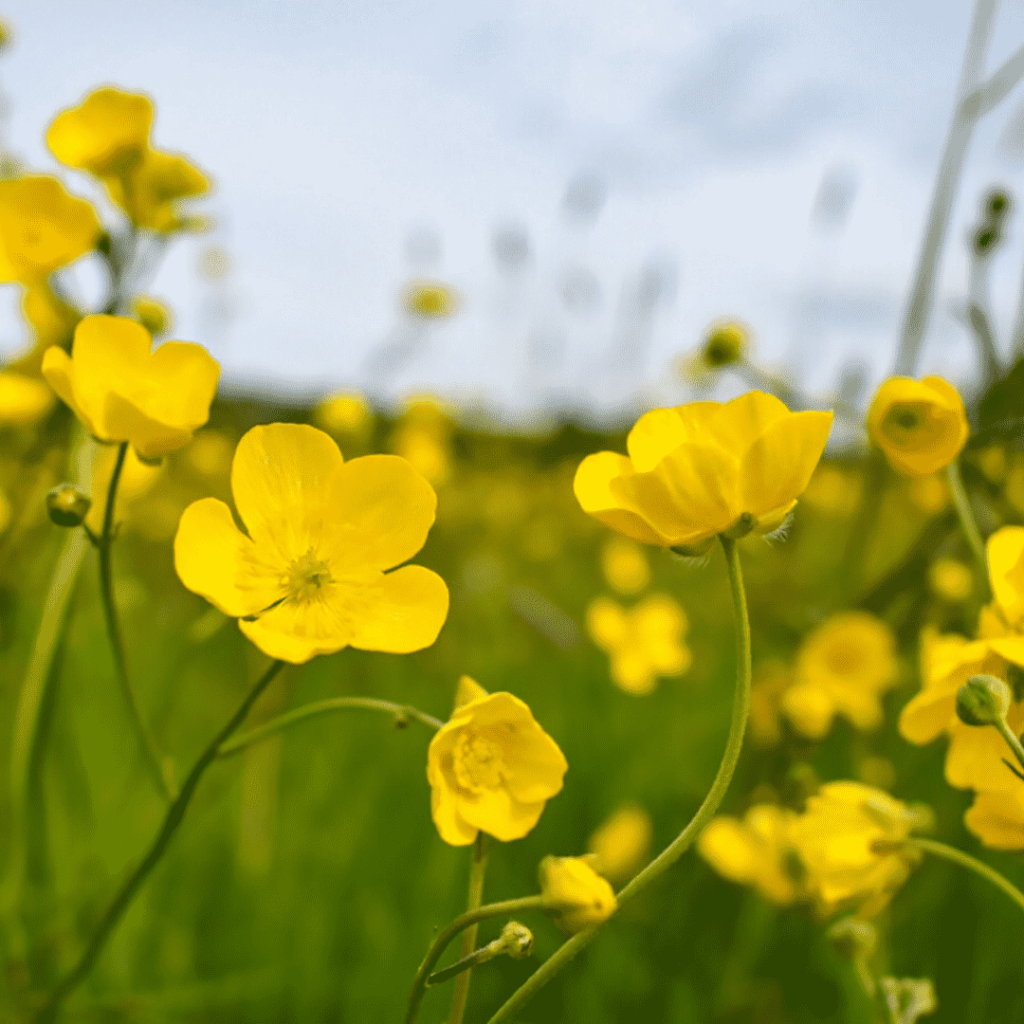
Buttercups are familiar flowers in many countries, but they are especially numerous in Ireland. The Buttercup is a small, yellow flower, and there are actually over 600 Buttercup species, although only 3 are prevalent in Ireland.
6. Gorse (Ulex Europaeus)
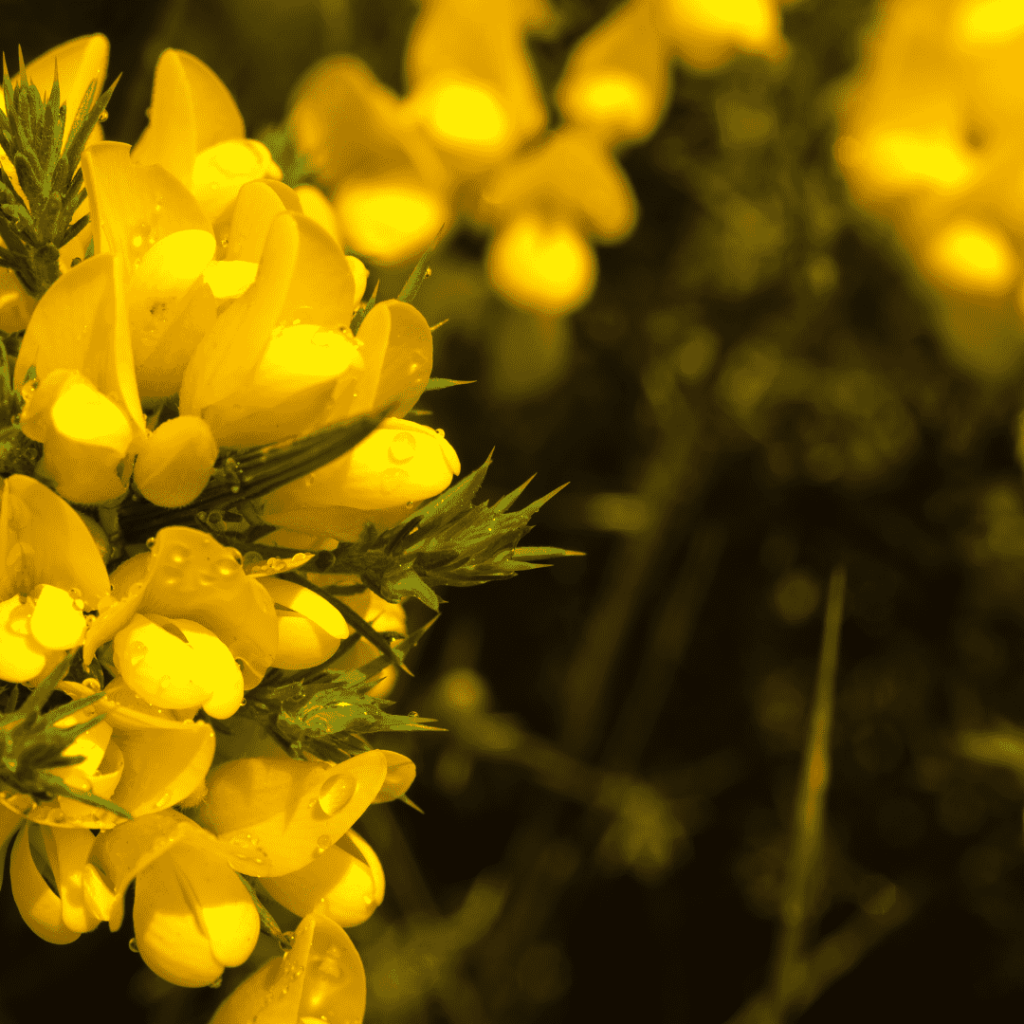
Gorse (Common Gorse, specifically) is a type of shrub that grows in many areas in Ireland. Gorse is more widespread during the spring months, and you can quite easily recognize them because these shrubs give off a distinctive odor of coconut.
7. Irish Moss (Chondrus Crispus)

One plant you’ll see plenty of in Ireland is Irish Moss. This is a type of red algae that thrives in coastal, rocky areas of land. Irish Moss is an excellent source of Omega-3 fatty acids and is thought to improve heart health and blood pressure.
8. Marsh Cinquefoil (Comarum Palustre)
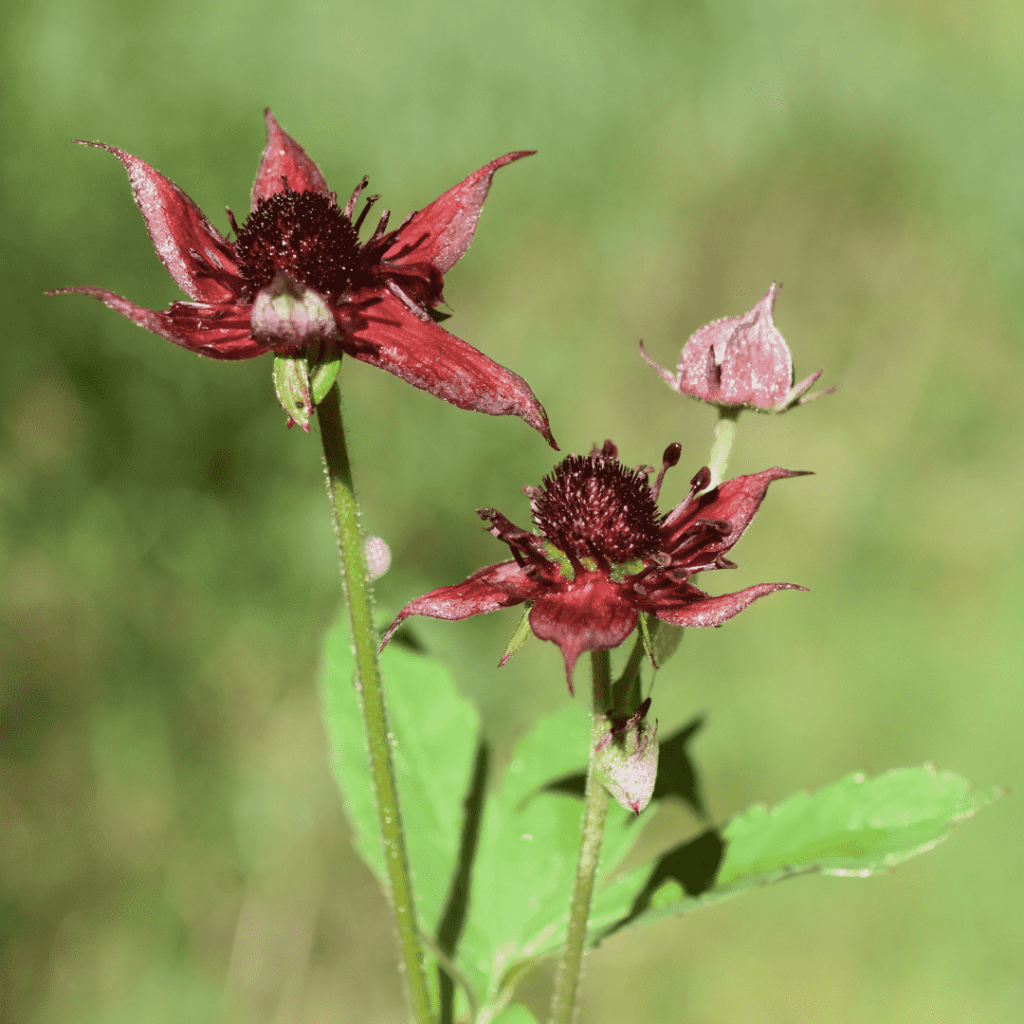
Marsh Cinquefoil is a striking-looking flowering plant, bearing magenta flowers with pointed petals. As well as being native to Ireland, Marsh Cinquefoil is native to other areas of Britain. It can usually be found growing in watery areas such as bogs and near ponds.
9. Daisy (Bellis Perennis)
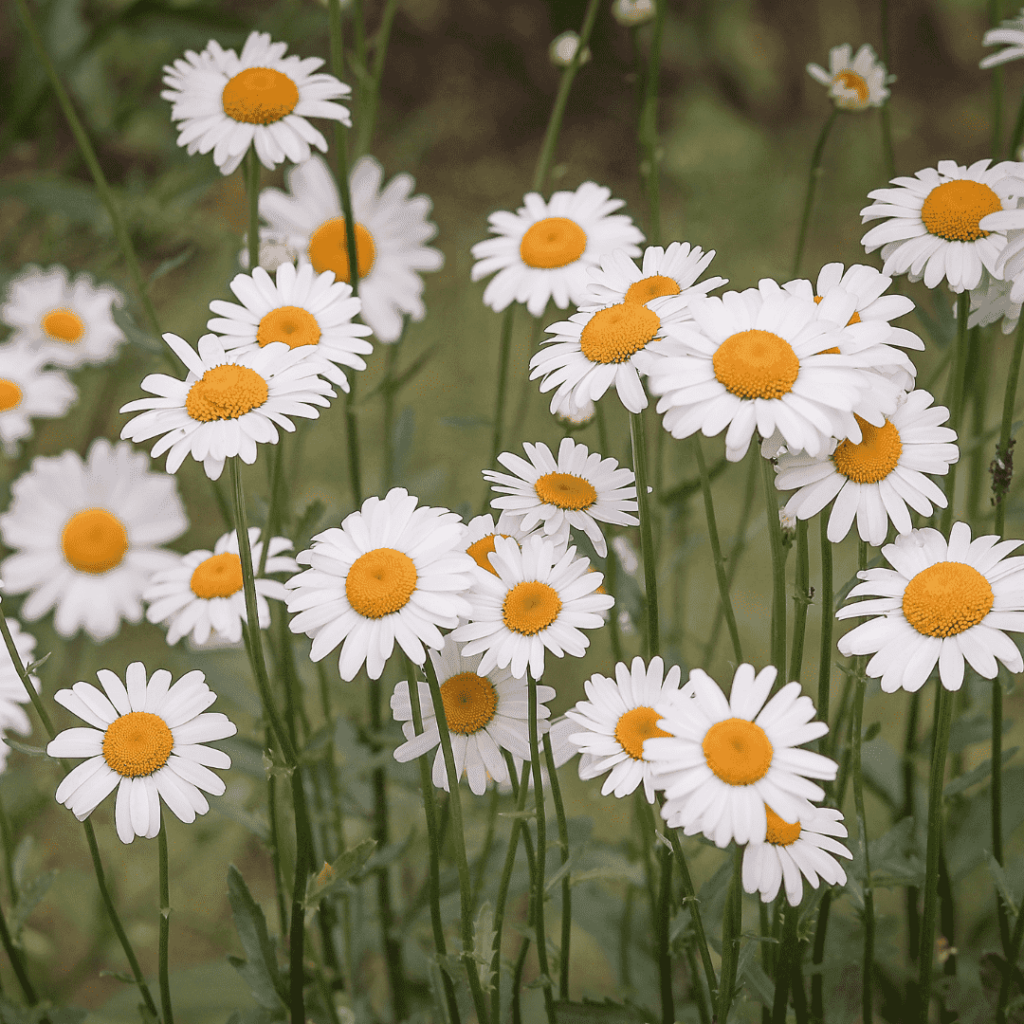
Daisies can be found popping out of the ground all over Britain between spring and fall. Members of the Daisy family such as Coltsfoot are native to Ireland, but the Common Daisy is another example of an Irish plant.
10. Spring Squill (Scilla Verna)
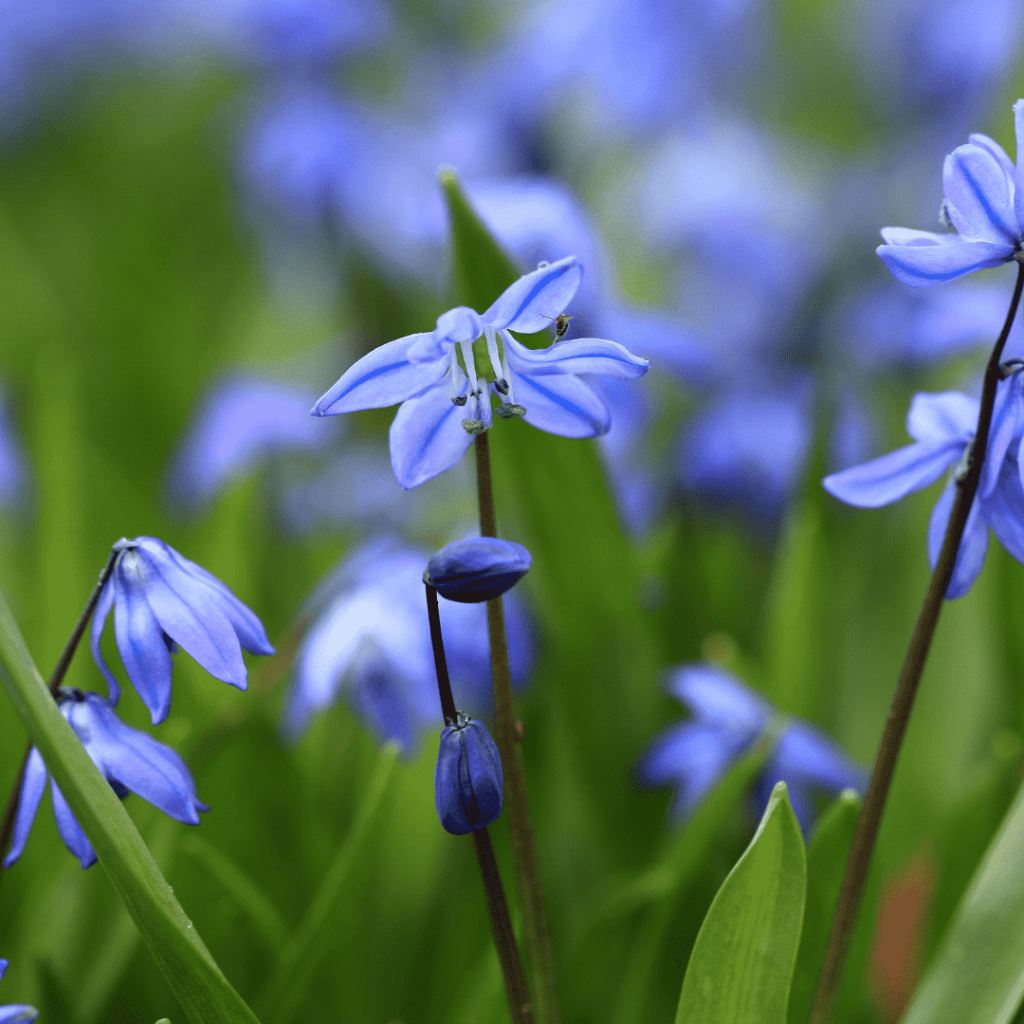
Spring Squill is native to Western Europe, which includes both Northern Ireland and the Republic of Ireland. These white and blue flowers have star-shaped petals, and because they’re so small, they make an adorable and colorful addition to most gardens.
11. Primrose (Primula Vulgaris)
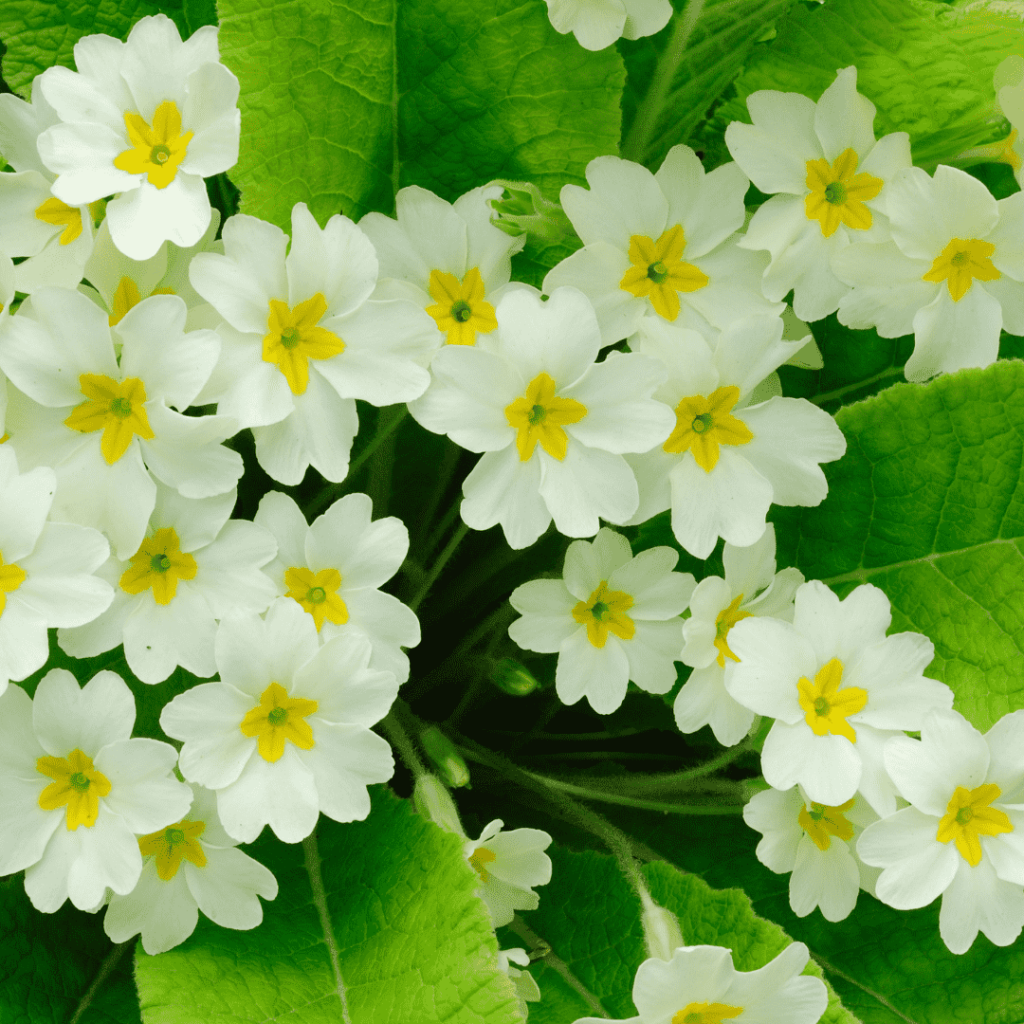
Primrose can be found in many areas of Britain, but they have special significance in Ireland. Historically in Ireland, Primroses were used in medicinal cures for things like gout and muscle pain. These flowers were also said to protect against fairies.
12. Wild Honeysuckle (Lonicera Periclymenum)
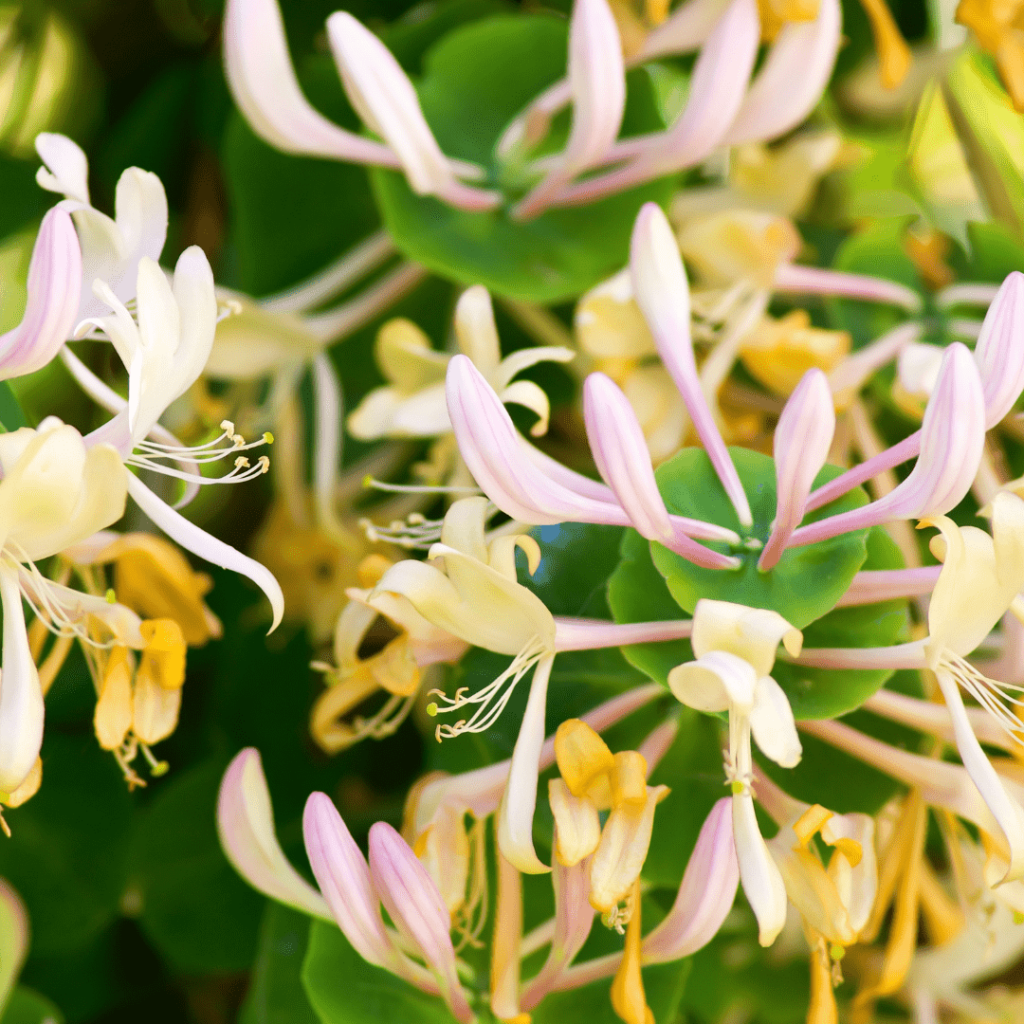
Ireland is home to Wild Honeysuckle. This shrub is recognizable because of its tubular, red, white, and yellow flowers. Wild Honeysuckle is actually endangered in other parts of the world, but luckily, it still has a good presence in Ireland.
13. Yarrow (Achillea Millefolium)
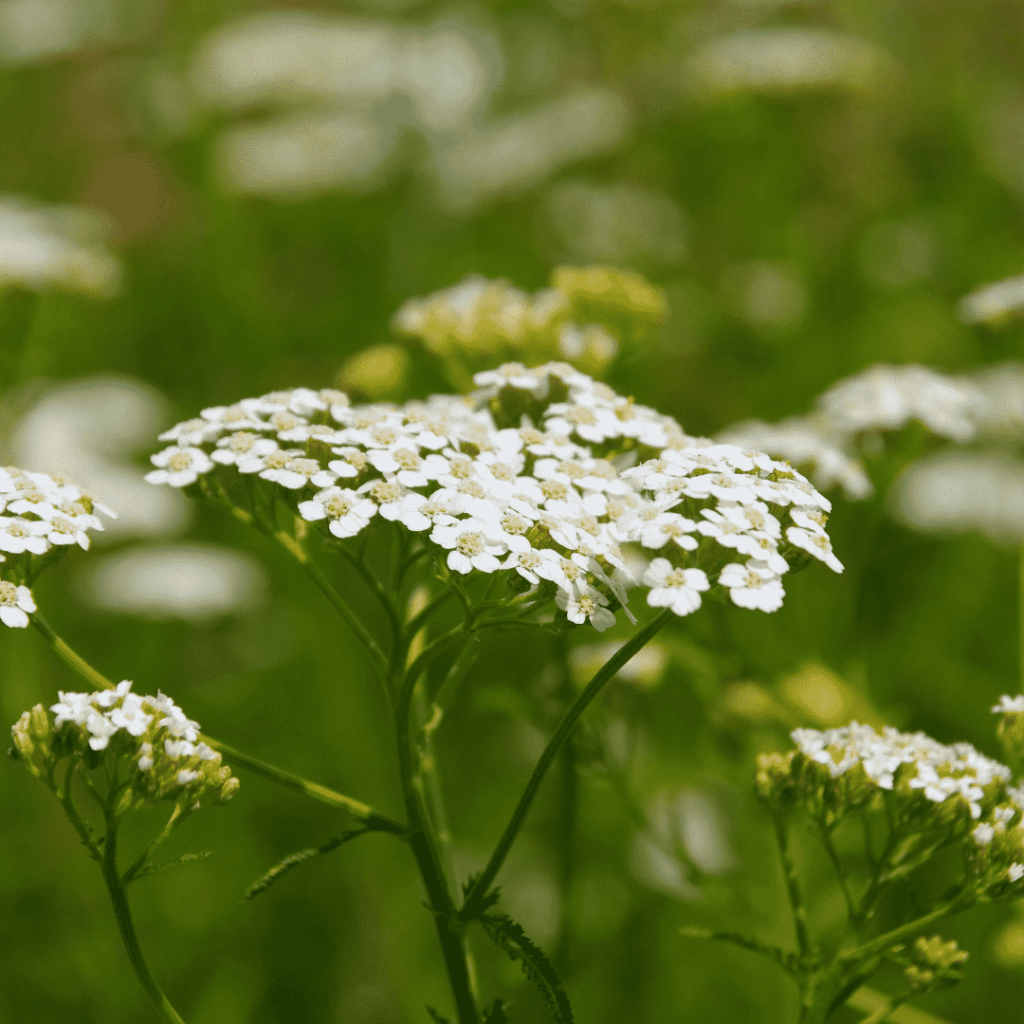
In technical terms, Yarrow is a weed, and it can easily turn invasive if not properly maintained. However, the white clusters of flowers are beautiful to behold, between June and the end of fall, and the plant has several medicinal uses.
14. Bramble (Rubus Fruticosus)

Bramble is a kind of hedgerow shrub from which blackberries grow. Bramble is a hardy Irish plant that can grow in challenging terrain as well as various light conditions. The blackberries produced by this plant are delicious, but the shrub’s protective thorns can be quite painful.
15. Common Chamomile (Matricaria Chamomilla)
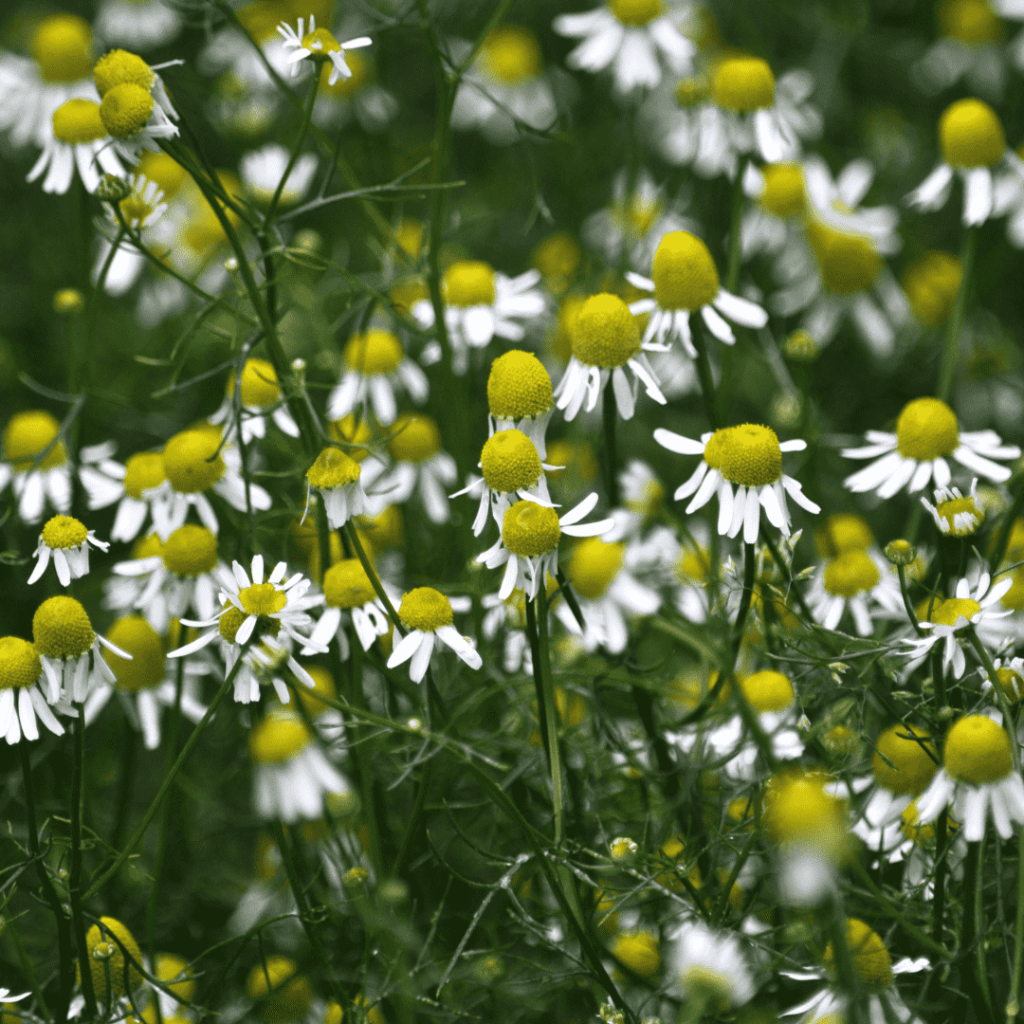
Chamomile is one of the most widely-used plants in terms of home remedies. Chamomile flowers look like Daisies, and they are used to promote sleep and relaxation as well as smooth digestion. Research suggests that Chamomile may help to prevent heart disease.
16. Red Clover (Trifolium Pratense)
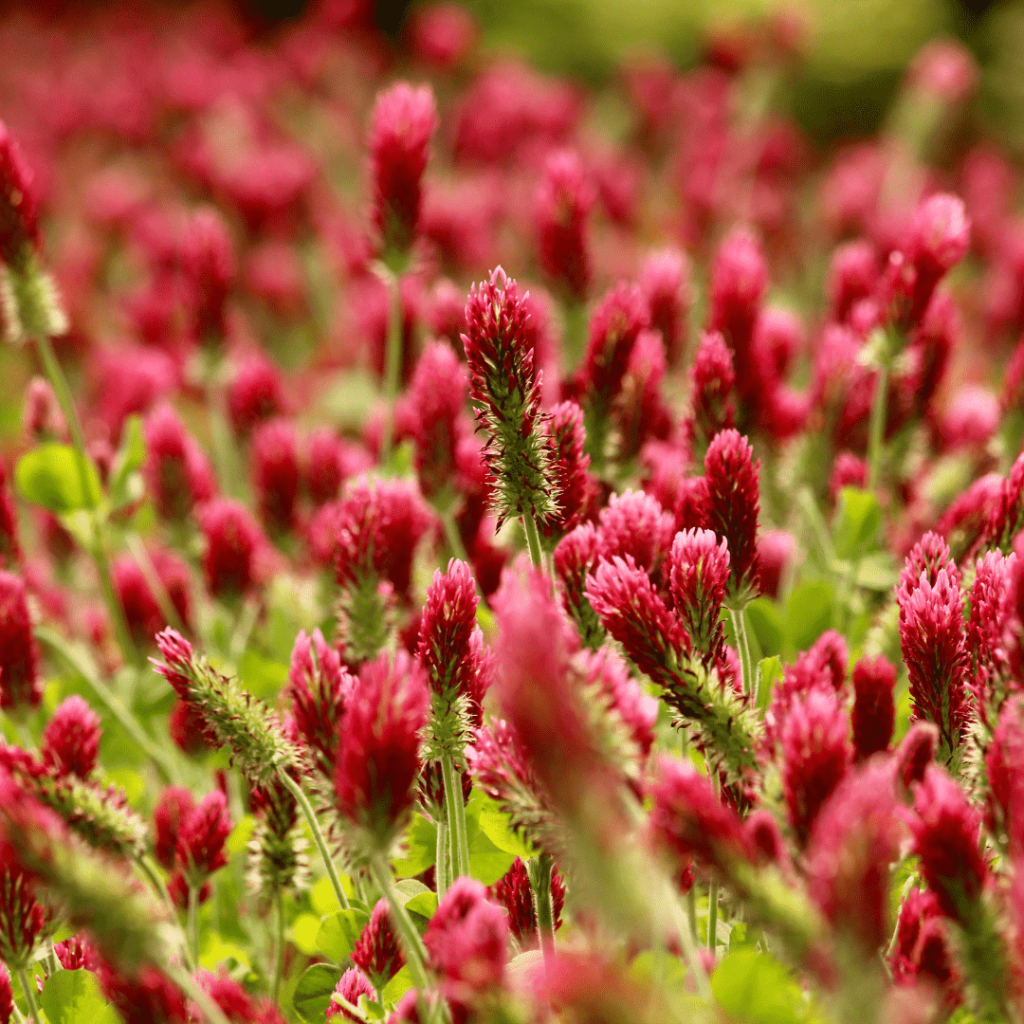
Red Clover is more pink than red, but nonetheless, this is a beautiful wildflower that you might come across in the Irish countryside. Red Clover has been used for various medicinal purposes, such as menopausal symptoms, indigestion, and asthma, amongst others.
17. Wild Clary (Salvia Verbenaca)
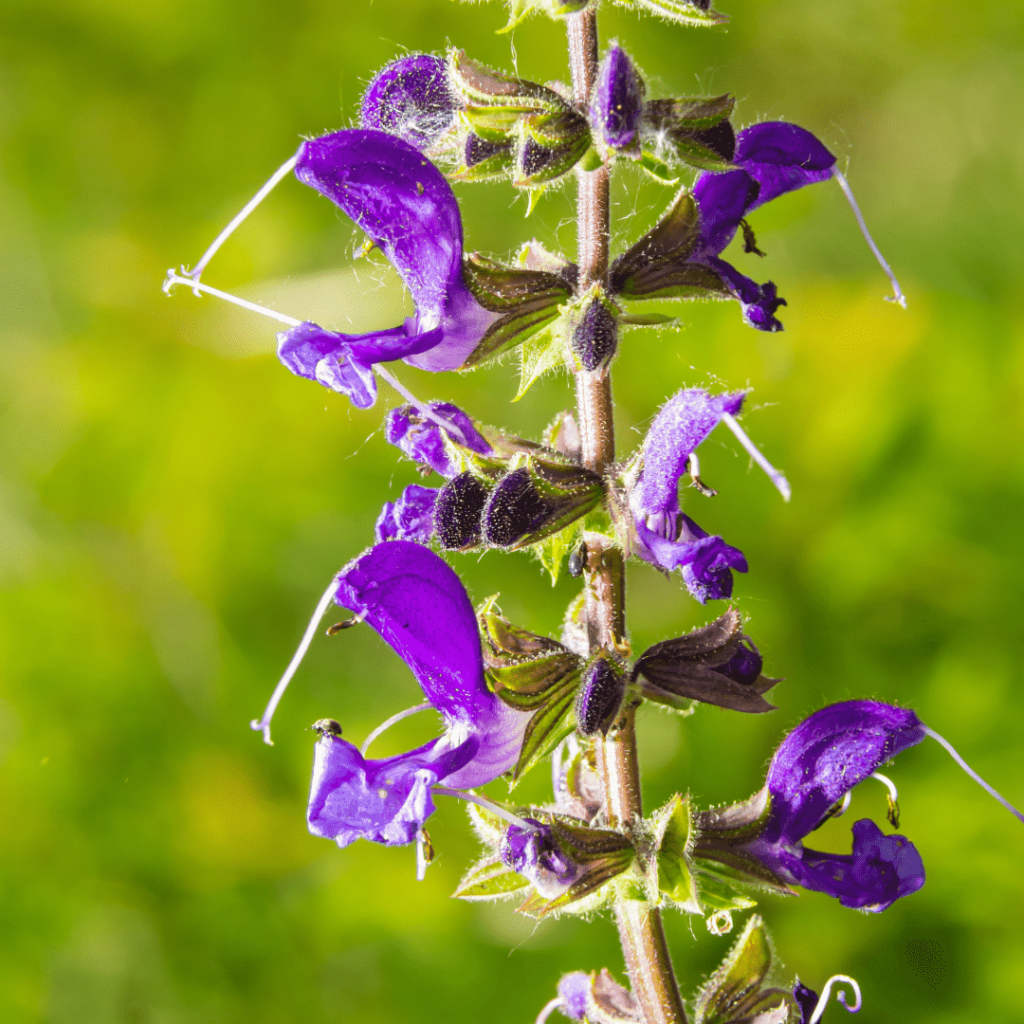
Wild Clary is a perennial plant that is also sometimes known as Wild Sage. It grows abundantly in the British Isles and Ireland although it’s also been naturalized in Eastern regions of the United States. This plant is extremely beneficial for pollinators.
18. Common Centaury (Centaurium Erythraea)
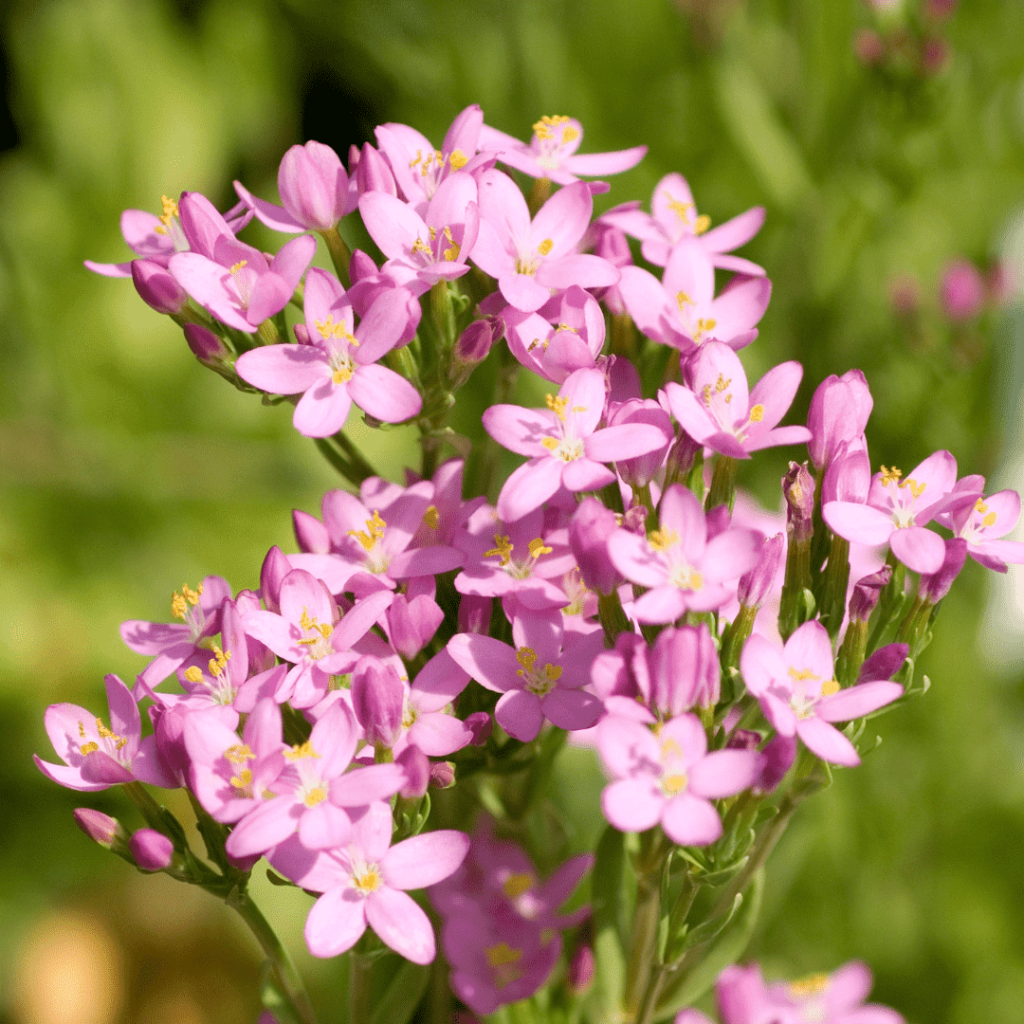
If you visit rural areas of Ireland, you’ll probably spot some Common Centaury in grassy, woodland, or heath areas. The plant is identifiable by its pink flowers and oval foliage, and there are theories that this plant might help to rectify kidney damage, although there is not enough supporting evidence to confirm this.
19. Bog Rosemary (Andromeda Polifolia)
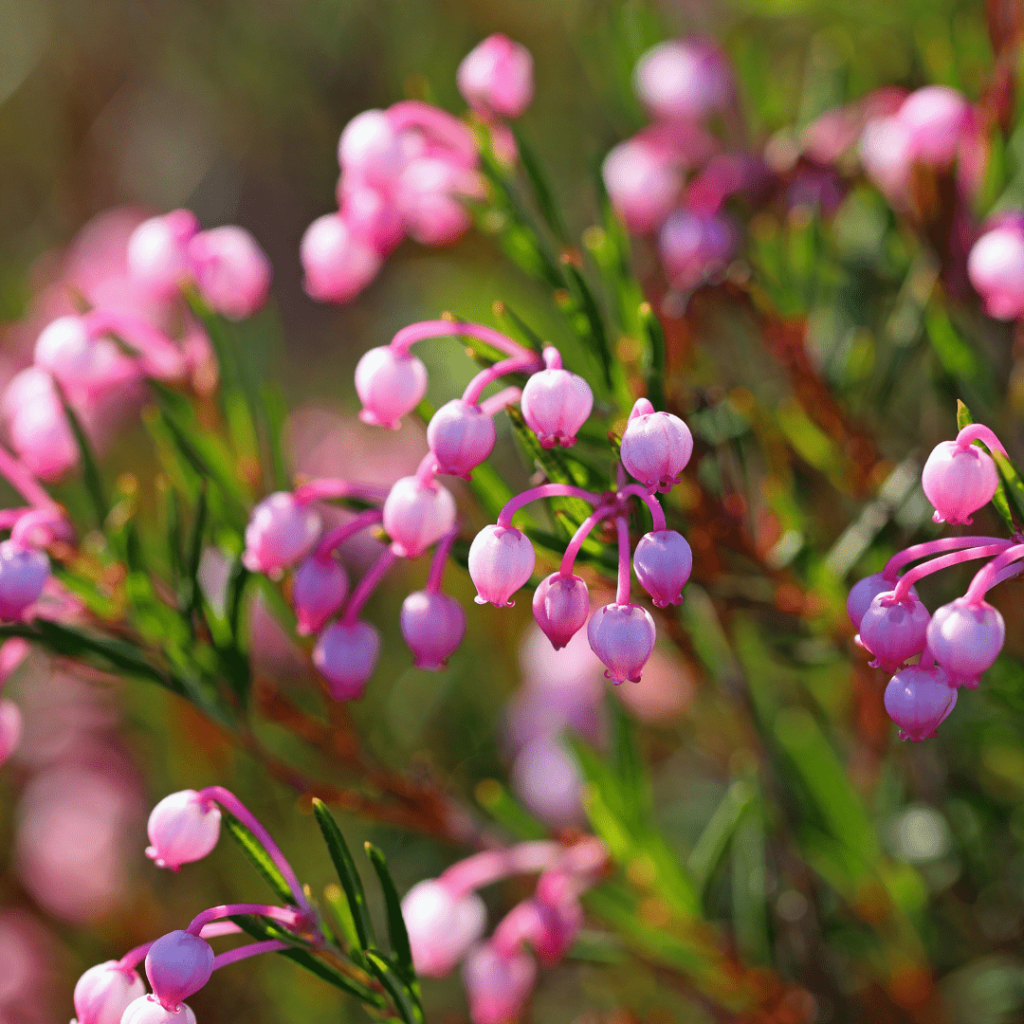
Bog Rosemary thrives in many areas of Ireland. Bog Rosemary is a shrub with globose, pink flowers and gray-blue leaves. This is an interesting-looking plant, but don’t be tempted to taste it for any reason because it contains andromedotoxin, which is poisonous.
20. Teasel (Dipsacus Fullonum)
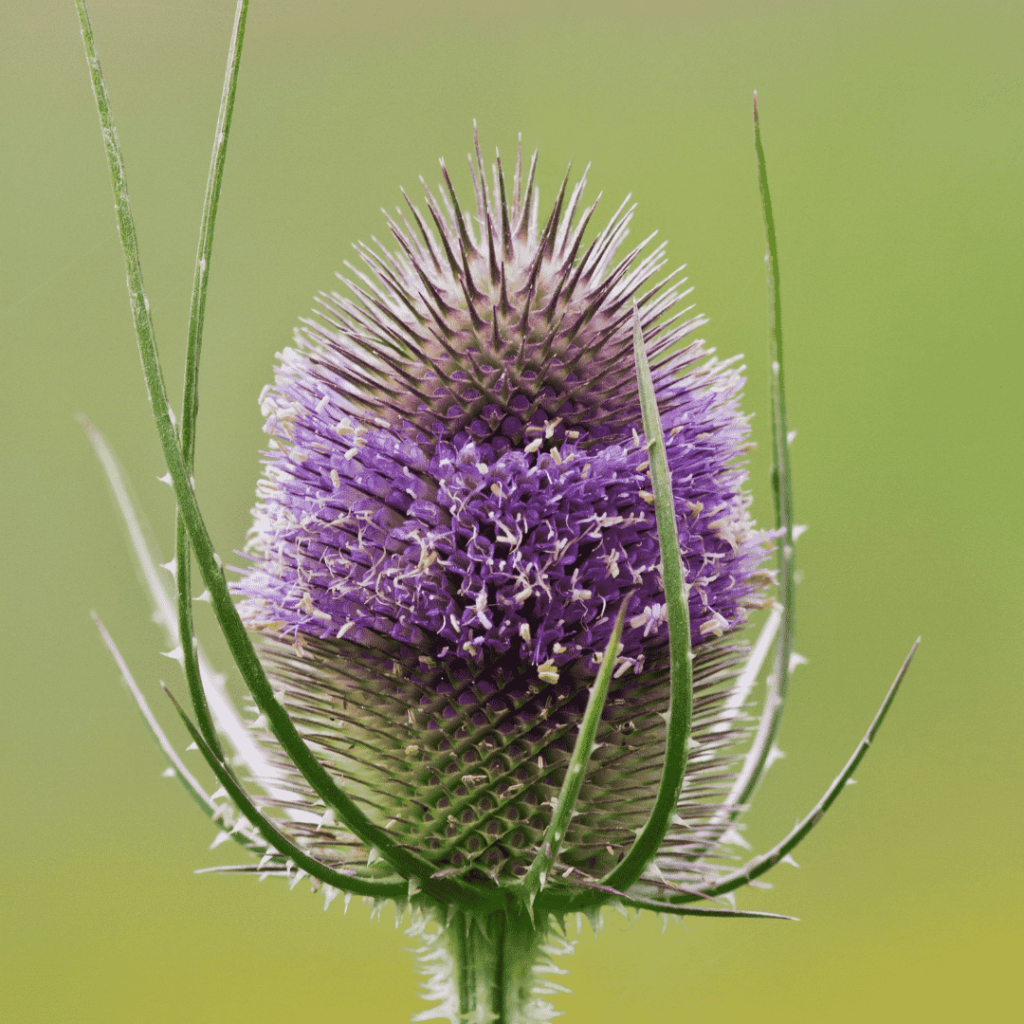
Teasel is native to many areas of the world, from Europe to the Mediterranean and tropical parts of Africa. This plant is present in Ireland and attracts birds, and florists often use the dried heads of the flowers in flower arrangements.
21. Sea Aster (Tripolium Pannonicum)
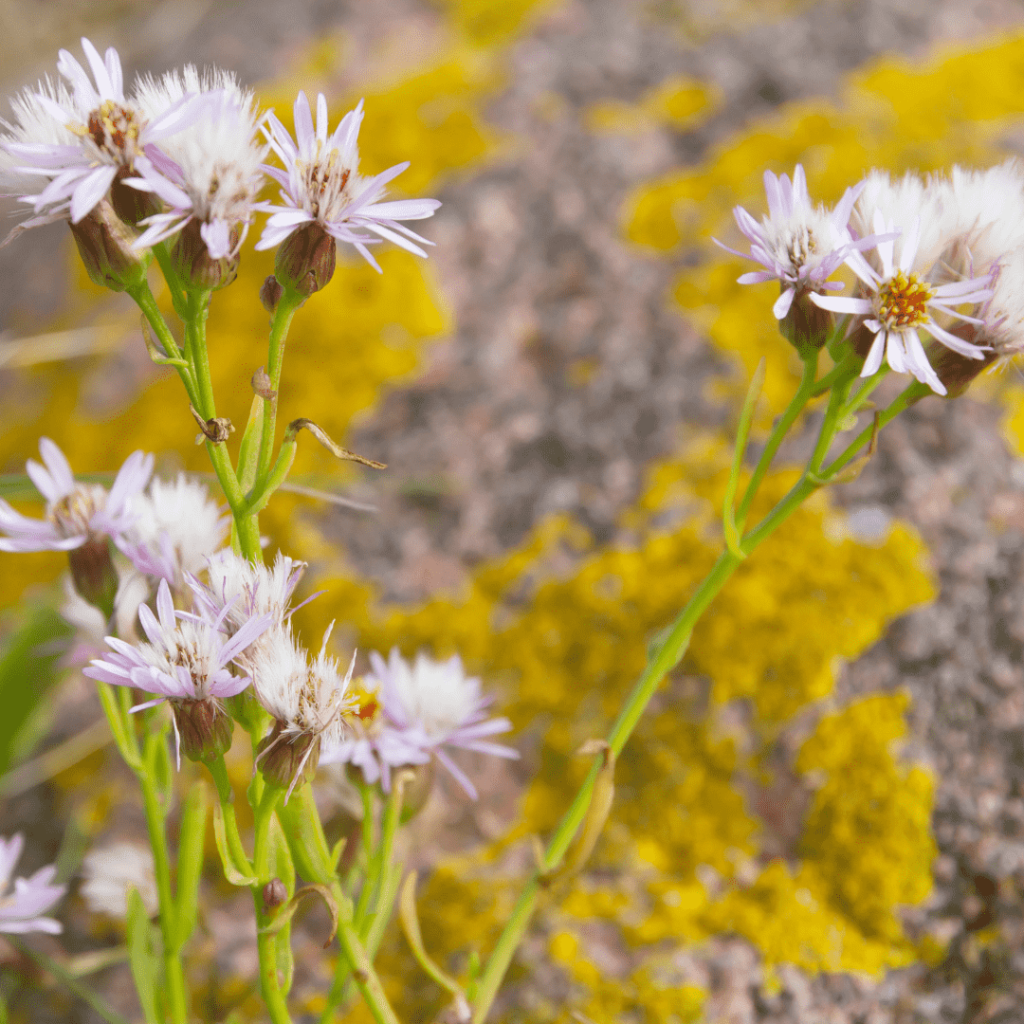
Near the coastal areas and other bodies of water in Ireland, you might be lucky enough to spot some Sea Aster. Sea Aster is an edible plant with lots of nutritional benefits. It has a sweet and salty taste and produces purple and yellow flowers.
22. Sheep’s Bit (Jasione Montana)

Sheep’s Bit can be found in grassy, dry areas around Northern Ireland and the Republic of Ireland, although it’s not as common in Ireland as it is in other areas of Britain like Wales and Scotland.
It grows fluffy-looking blue flowers that are very attractive to bees and other pollinating insects. It is called Sheep’s Bit simply because sheep also enjoy grazing on the plant.
23. Cowslip (Primula Veris)
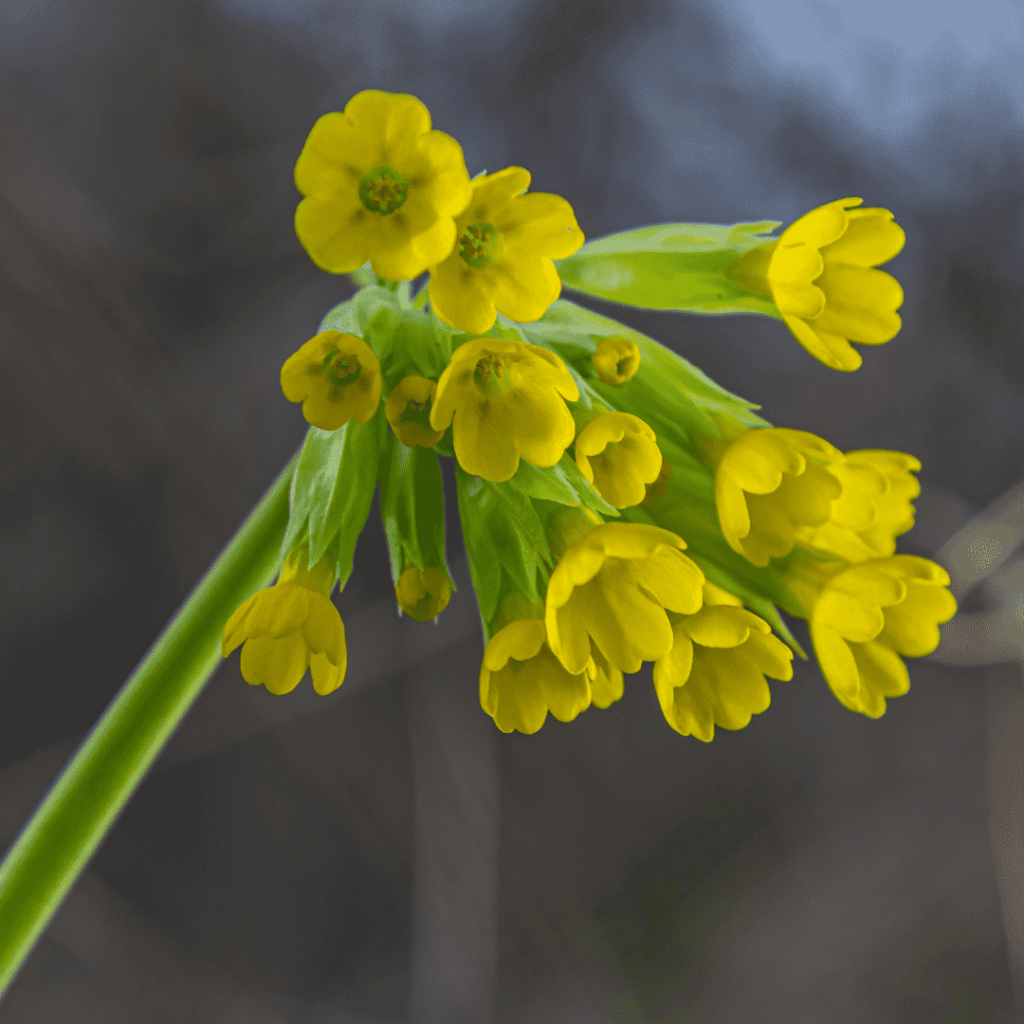
Closely related to the Primrose family, which is also common in Ireland, Cowslip blossoms in spring, when the yellow flowers can be seen contrasting with the wrinkly, dark green leaves.
The flowers can be identified easily because they are shaped like small trumpets. Fun fact: it’s been theorized that this plant gets its common name from the Old English word for cow excrement.
24. Red Campion (Silene Dioica)
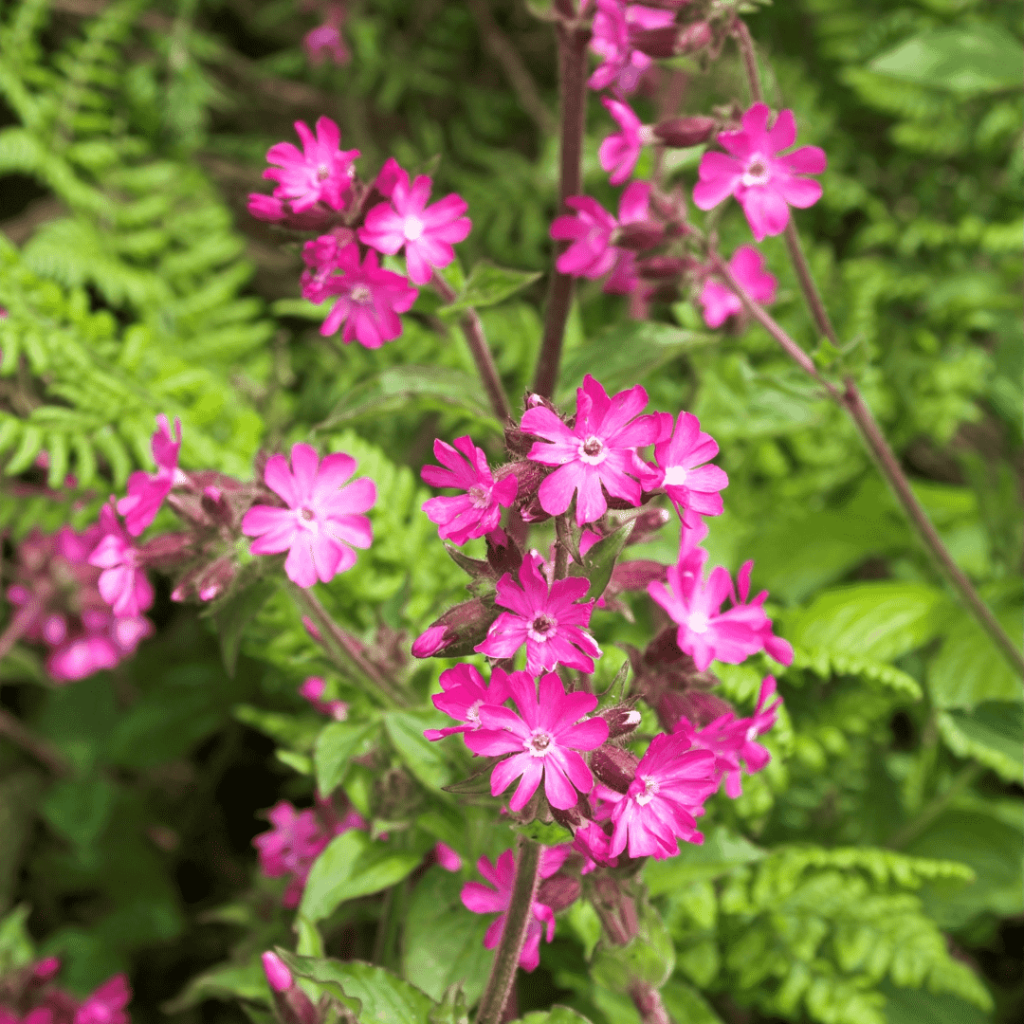
Much like Red Clover, Red Campion actually has pink flowers, not red. Its leaves are slightly hairy and it can typically be found on the sides of roads, near hedges, and in areas of woodland.
It prefers to grow in full sun but it can also do well in partial shade, meaning that it’s low maintenance for those who choose to cultivate it.
25. Bugle (Ajuga Reptans)

The Bugle, also known as Bugleweed, is indeed a type of weed of which there are 40 species. Recognizable by its clusters of blue, spiky flowers, Bugle lends a touch of bright color to shaded, damp areas as well as meadows. It is poisonous, however.
26. Red-Veined Sorrel (Rumex Sanguineus)
Red-Veined Sorrel is both an ornamental and edible plant that grows in the wild as well as in people’s gardens. The leaves of this plant taste like citrus and make great additions to salads and sandwiches alike.
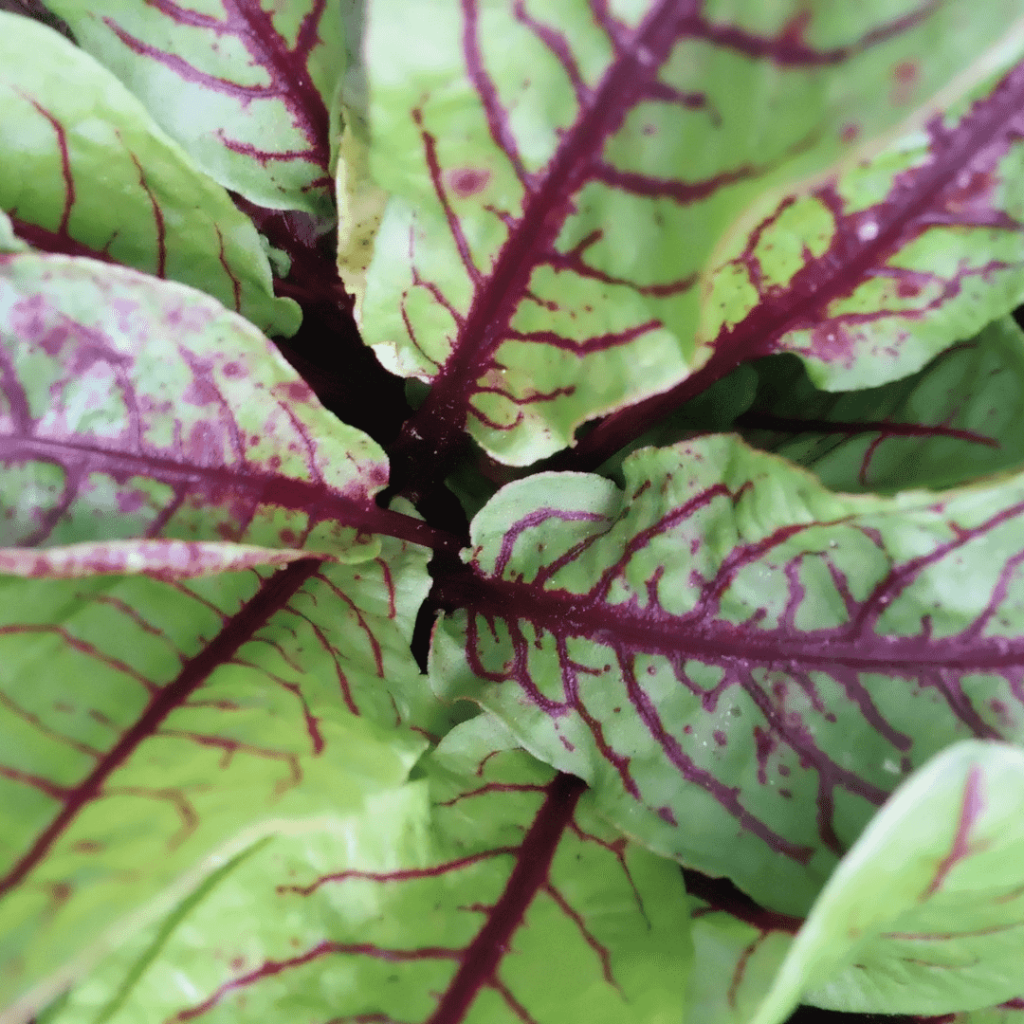
27. Foxglove (Digitalis Purpurea)
Foxglove is known to be a poisonous plant, both when ingested and when direct skin contact occurs. However, that doesn’t negate the fact that foxglove is a beautiful plant to observe in shaded, dry areas. Plus, it’s good for pollinators.
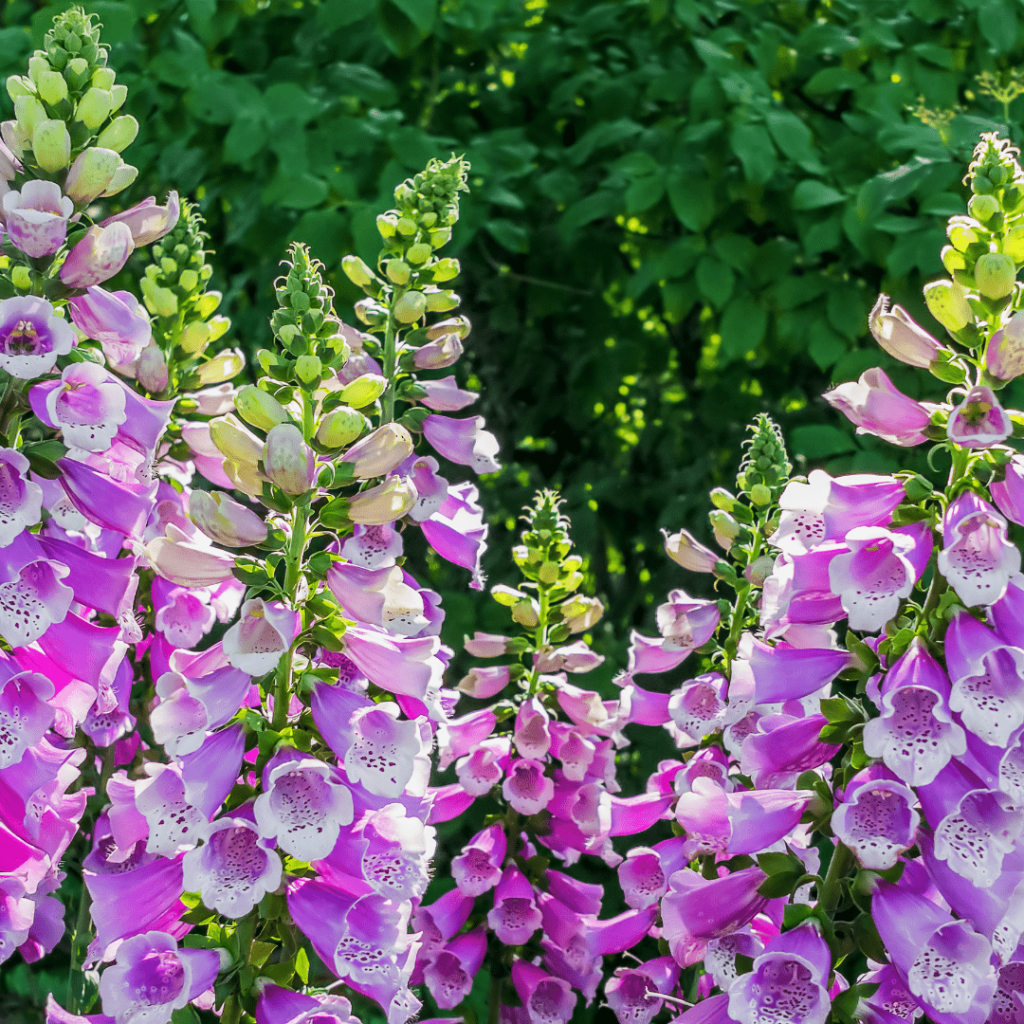
28. Seakale (Crambe Maritima)
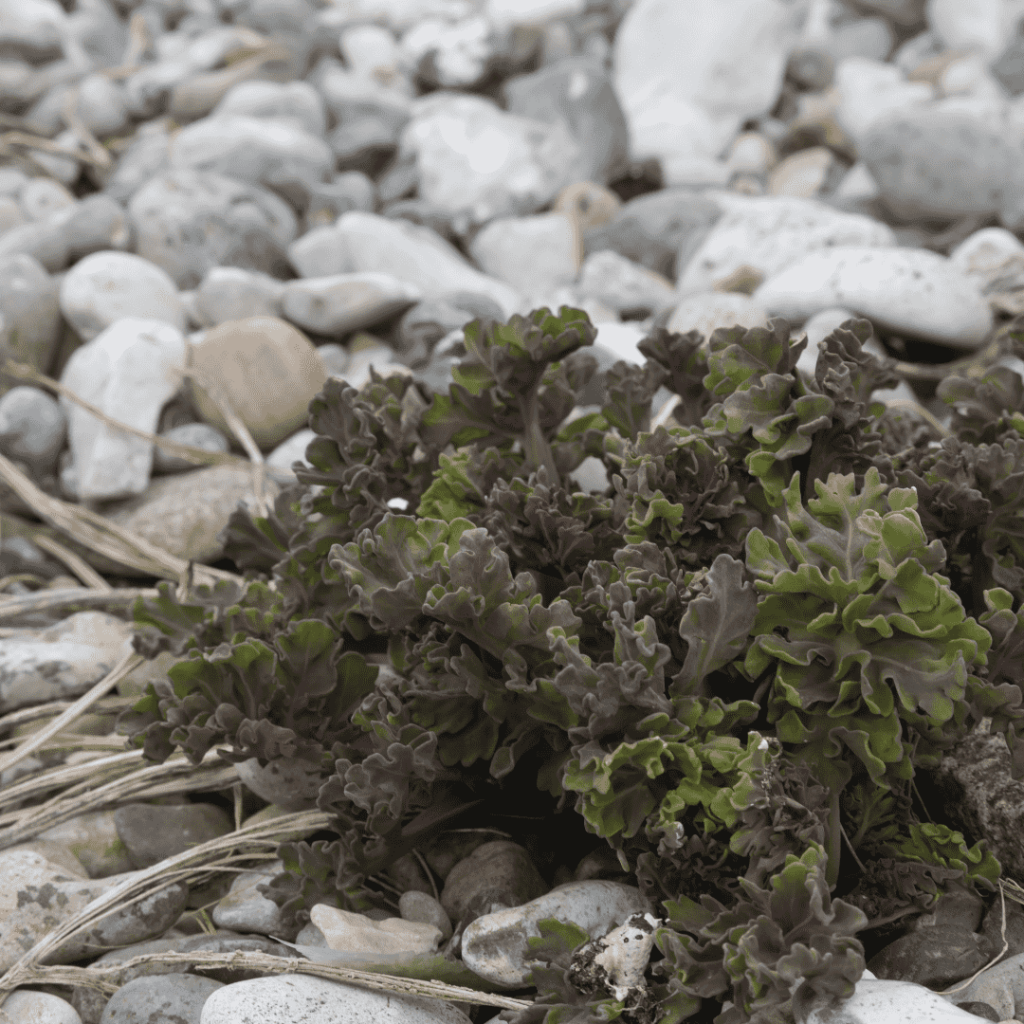
Finally, Seakale is a common botanical sight in Ireland. Seakale is a flowering plant that is salt-tolerant, meaning it comfortably grows on coastlines. It is edible and tastes similar to asparagus. It is tasty whether eaten cooked or raw, although the older the leaves are, the tougher and more bitter they get.
Final Thoughts
Ireland (both Northern Ireland and the Republic of Ireland) is home to some of the most beautiful wildflowers in Britain.
Some of these flowers are edible and have confirmed medicinal uses, while others have been used in traditional medicine but are not backed by scientific research.
Even those Irish plants that are toxic or poisonous bring benefits to the ecosystem around them through their beauty and attractiveness to pollinators.







